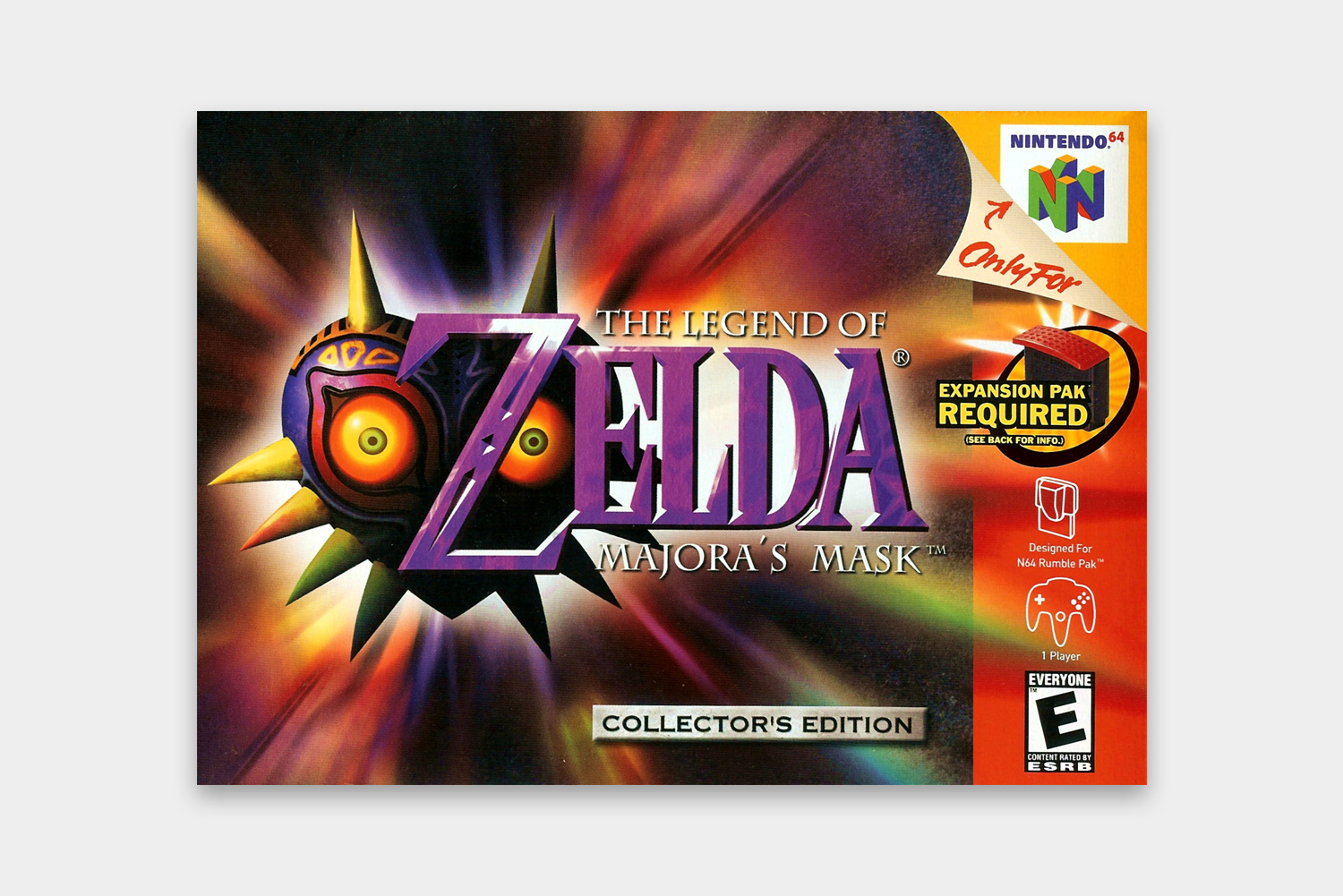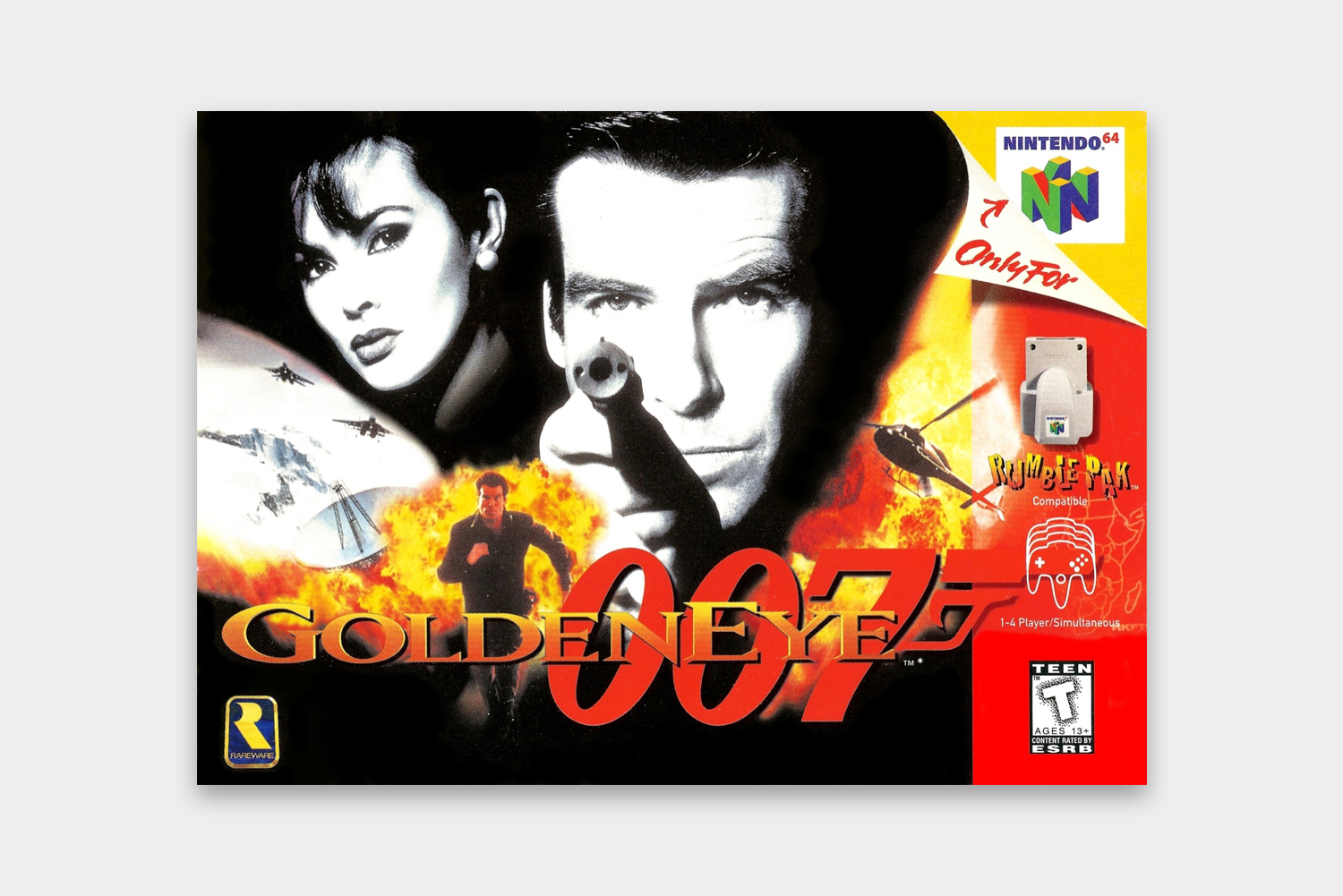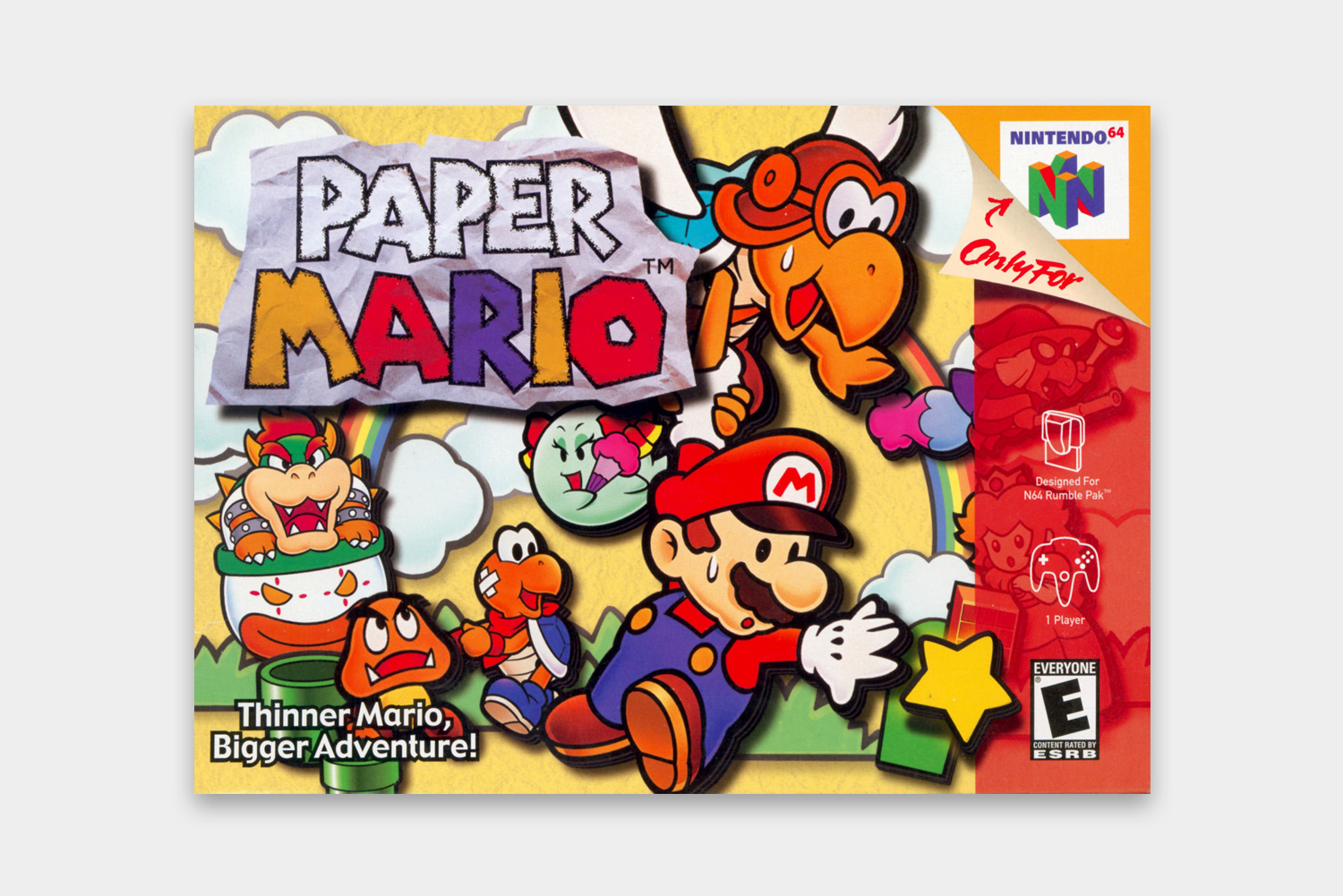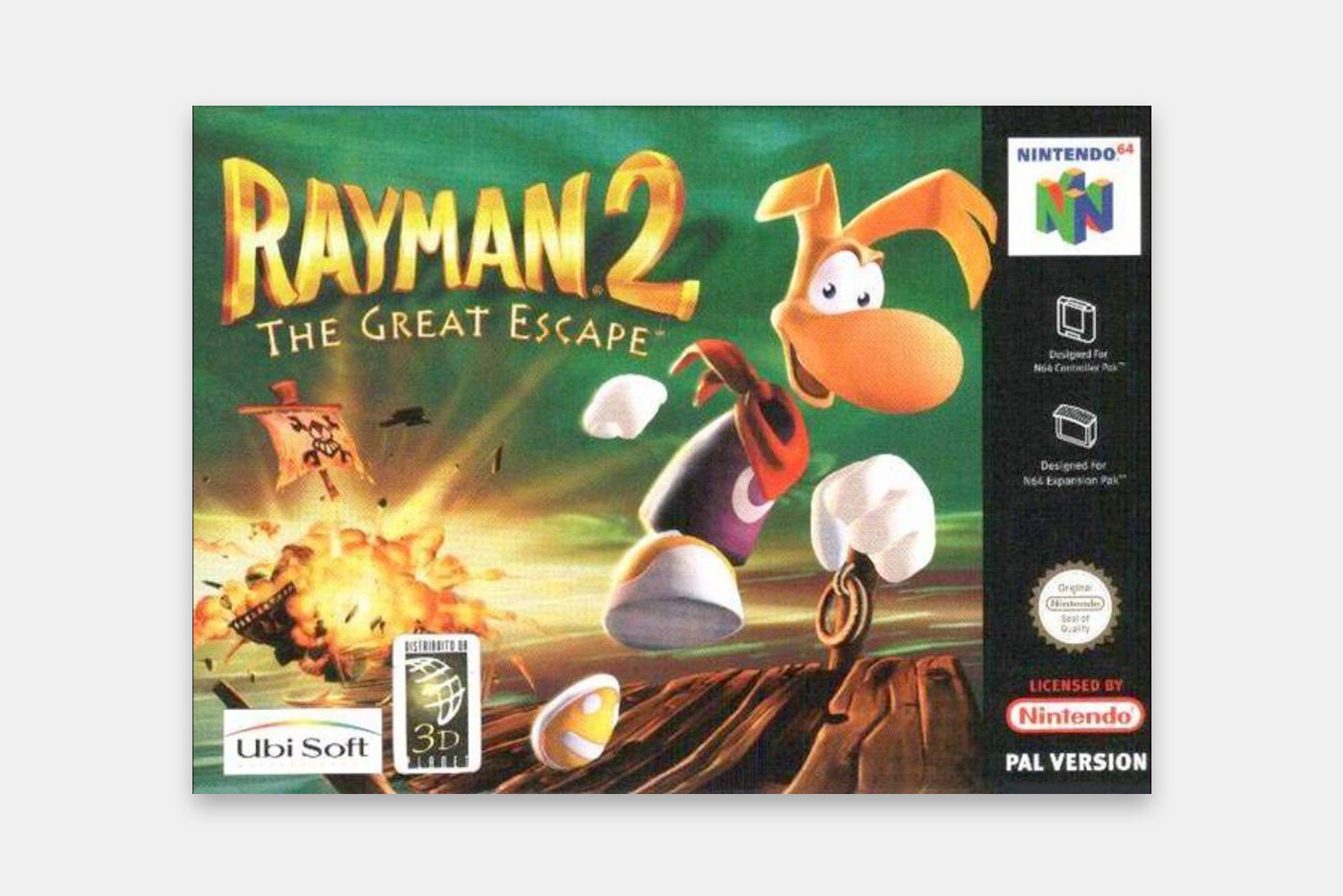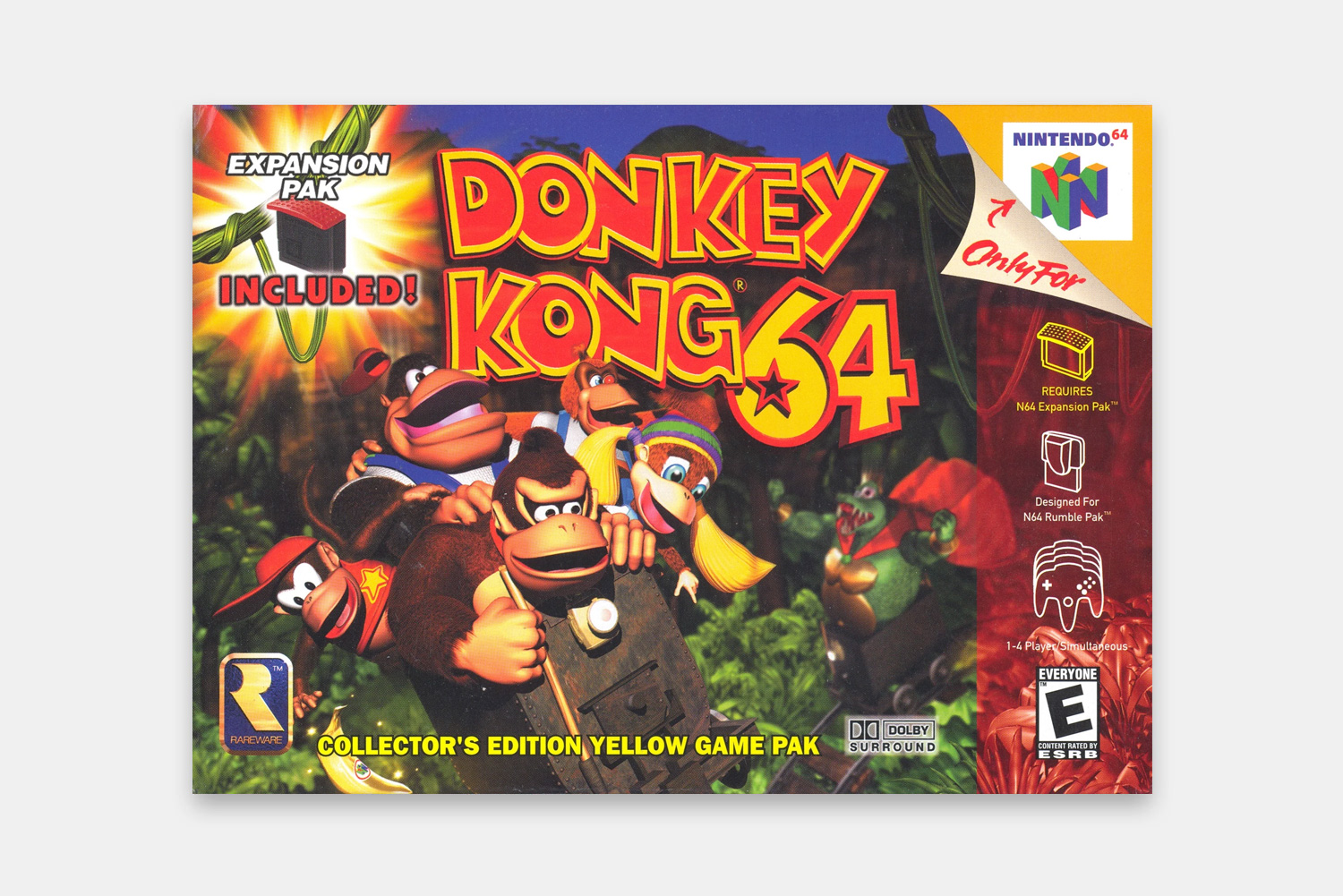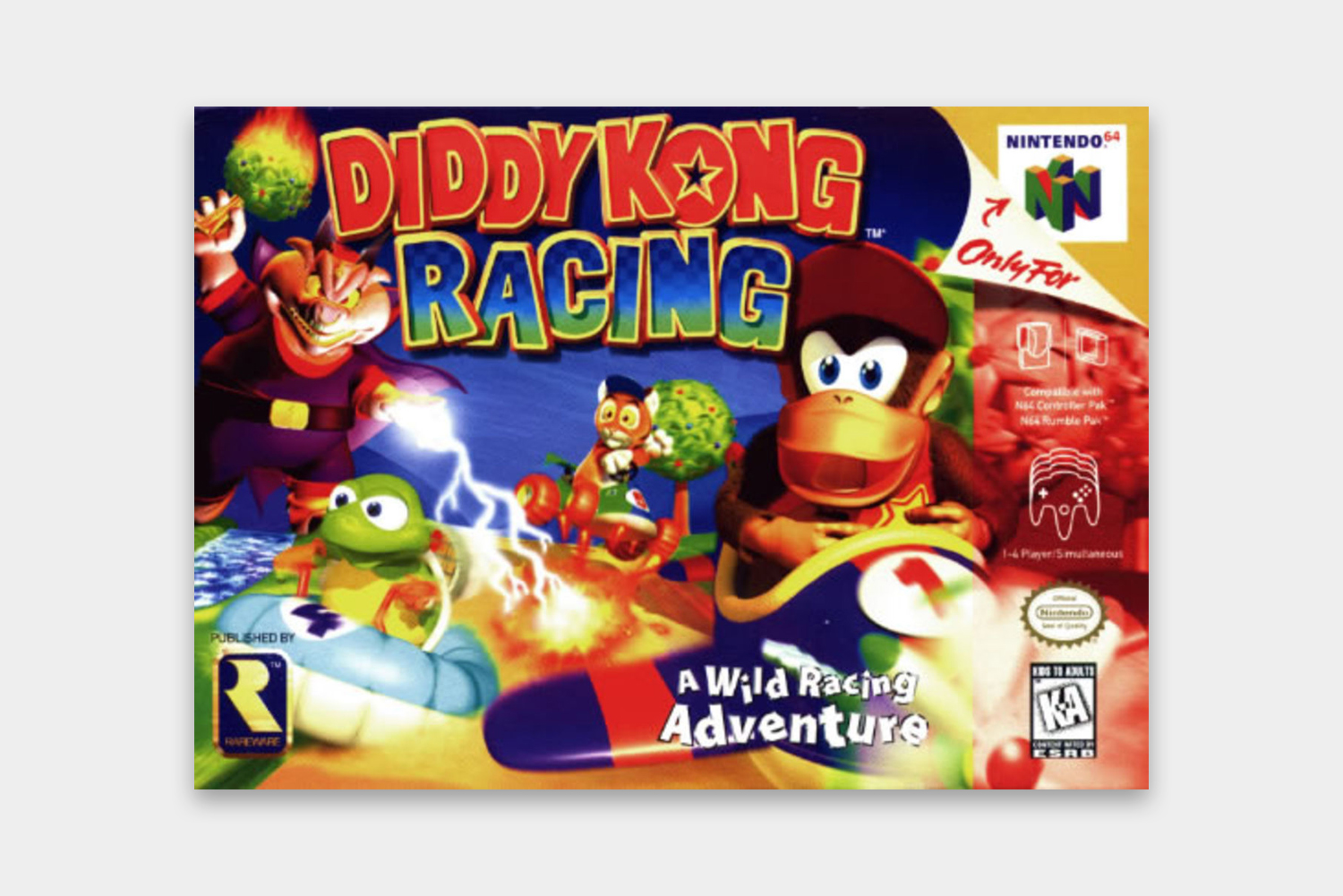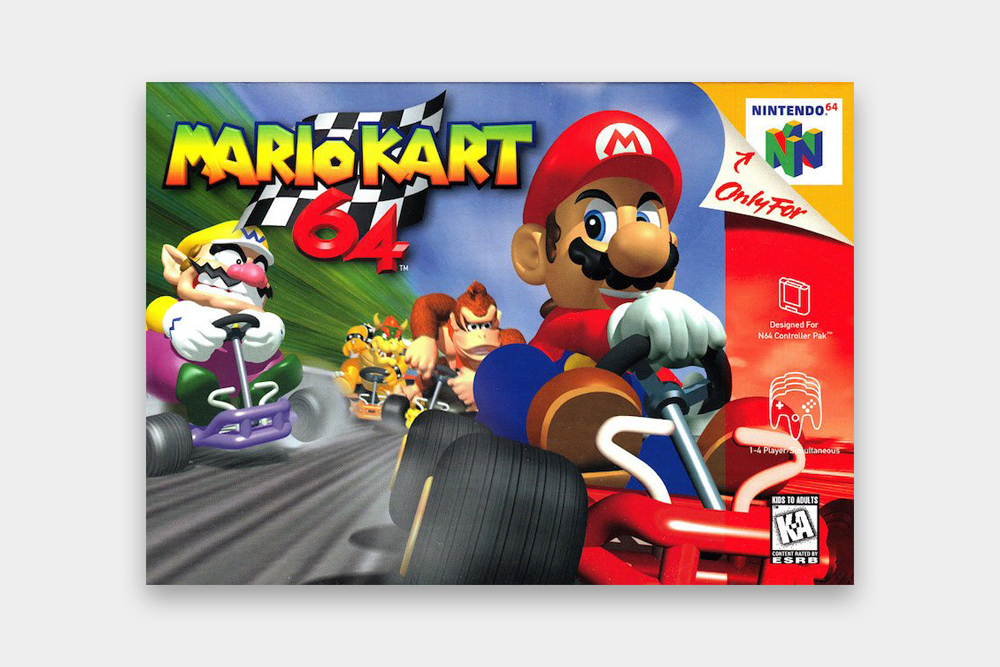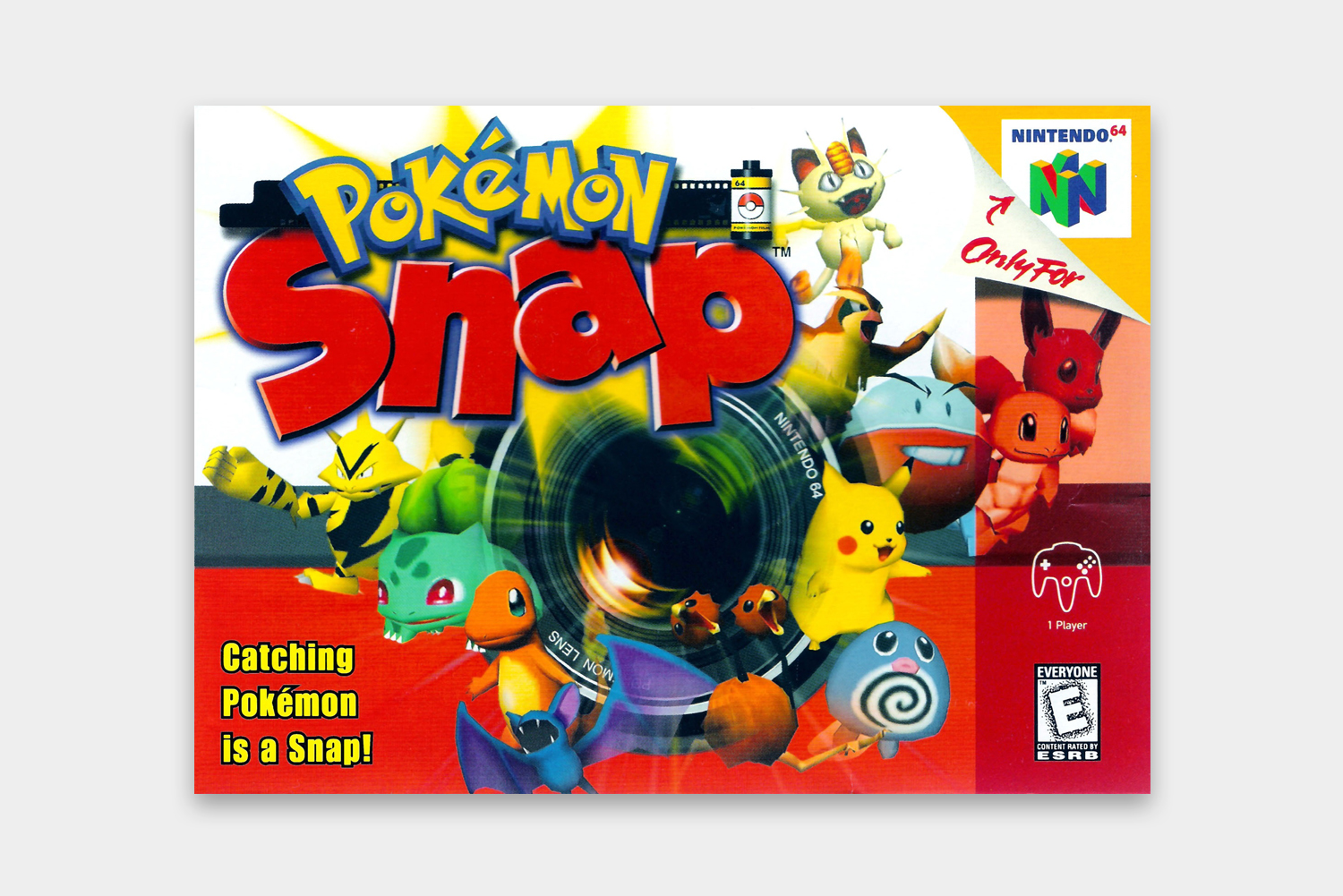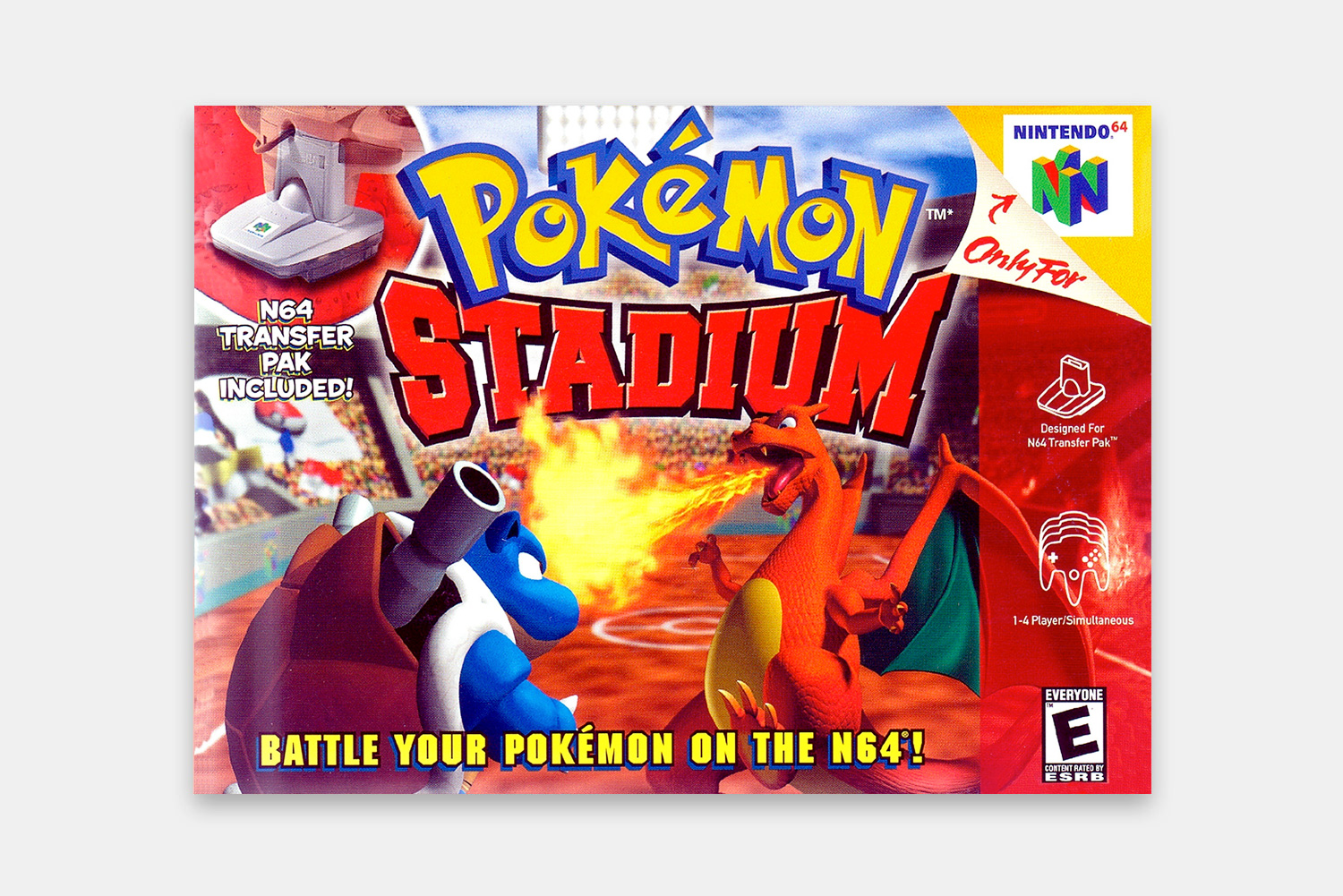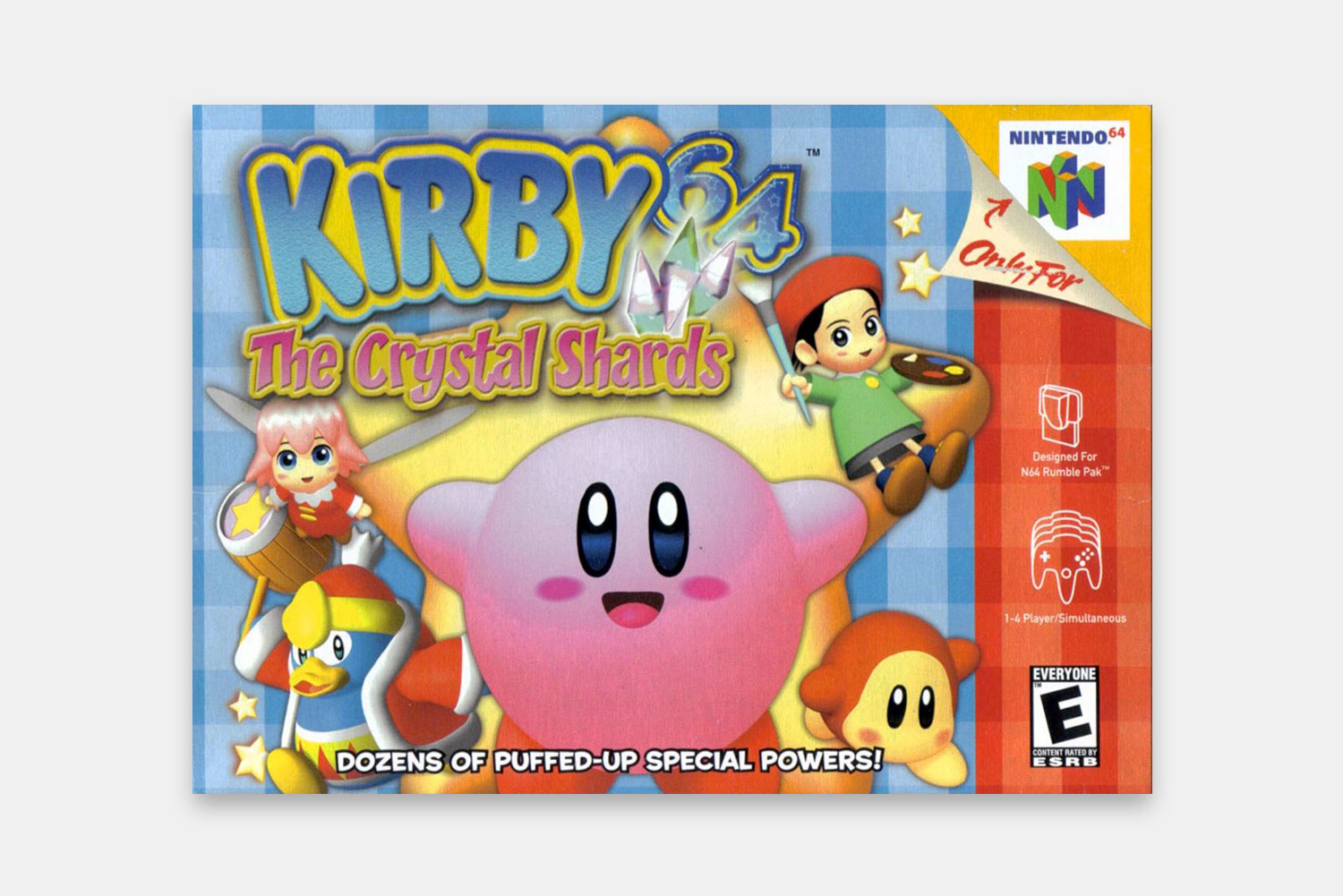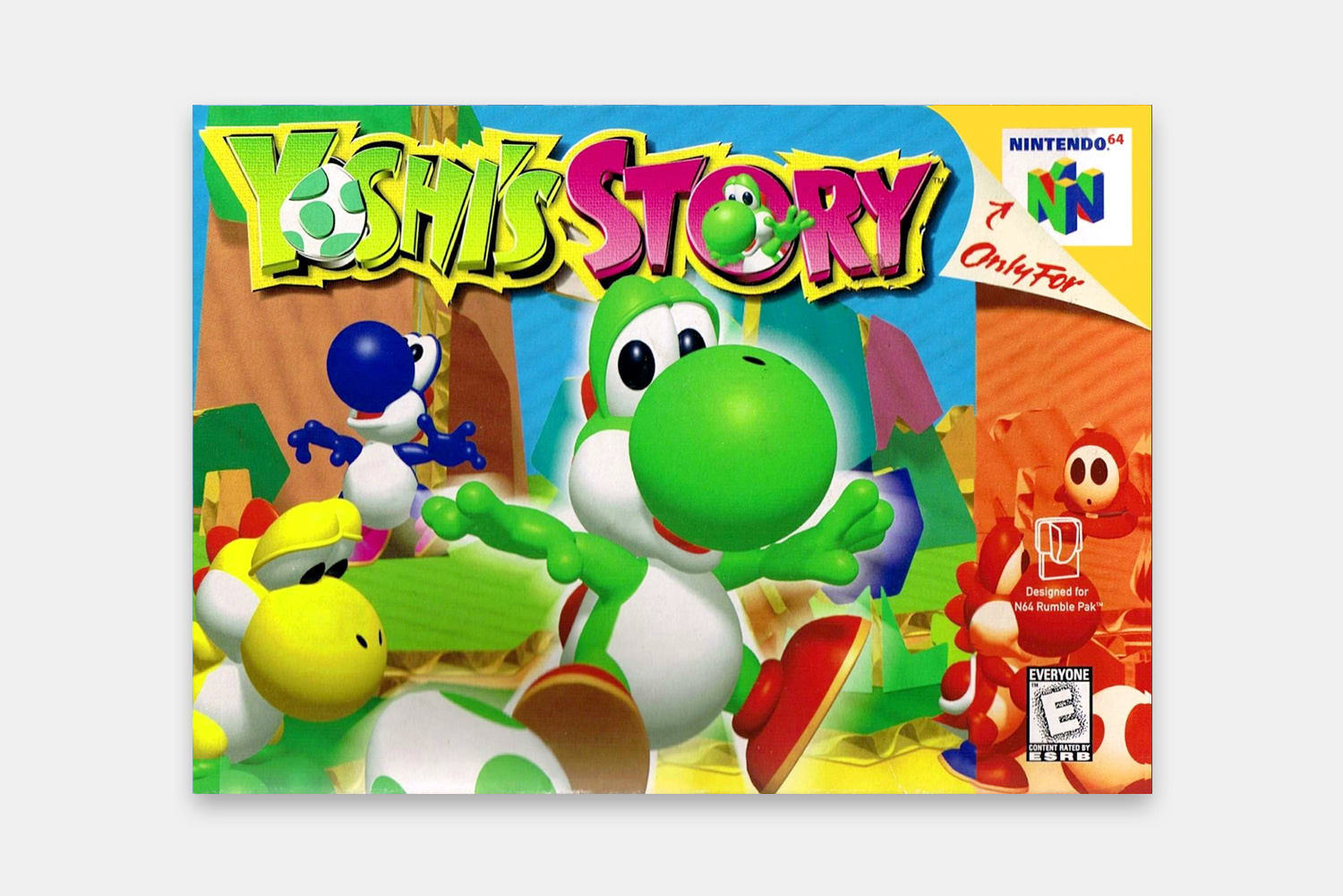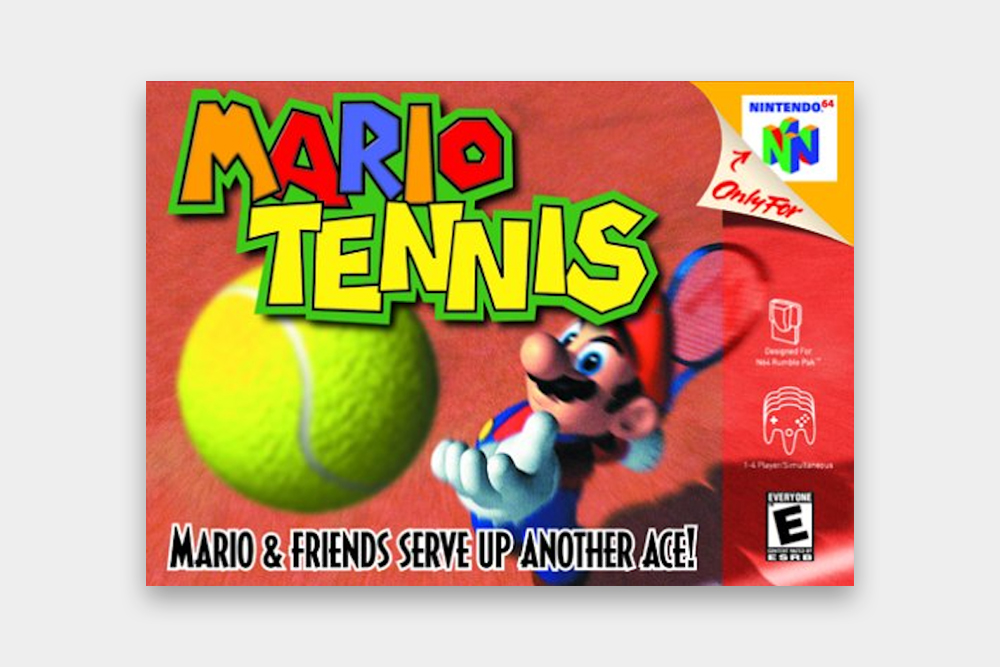Following its nearly perfect 16-bit SNES console, Nintendo leapt into the 3D era with the Nintendo 64 in 1996. The system struggled with a few growing pains as the industry transitioned from sprites to polygons, but Nintendo still managed to stick the landing on several big-name exclusive games, some still widely beloved as classics. The company wasn’t alone, either, as third-party partners released several of their own acclaimed titles during the console’s lifespan.
The NES Classic launched in 2016, followed by the SNES Classic in 2017, meaning it’s fairly logical to assume that the Nintendo 64 will make a similar return later this year. Recent trademark filings by Nintendo have only added fuel to the rumor fire, which got us thinking about the games we might see on the system.
For our list, we stuck to games that have a real chance of being included on the plug-and-play system. This means some of Rare’s games that previously appeared on Rare Replay — like Banjo-Kazooie — and the gory Turok: Dinosaur Hunter have been left off. In no particular order, here are 20 games we want to see included on the Nintendo 64 Classic.
‘The Legend of Zelda: Ocarina of Time’
Widely considered to be one of the best games of all time — if not the best game of all time — The Legend of Zelda: Ocarina of Time turned the Nintendo 64 from a so-so alternative to the PlayStation into a must-have gift of Holiday season 1998. Its time-traveling tale of Link and his connection to Princess Zelda is among the best in the series, and the transformation of Ganondorf into a terrifying, destructive monster still haunts us — despite the game being two decades old. As the first 3D Zelda game, Ocarina of Time had to not only impress players, but justify the move from the top-down perspective perfected in A Link to the Past, and it managed to surpass our wildest expectations.
‘The Legend of Zelda: Majora’s Mask’
Ocarina of Time was the perfect translation of the franchise’s key elements into three dimensions, but Nintendo wasn’t content to release a by-the-numbers sequel. Instead, the development team got weird with it and released The Legend of Zelda: Majora’s Mask. Built around a doomsday time limit that will see the Moon destroy Clock Town unless Link makes use of a song on his ocarina, the game adds a sense of tension we don’t typically see from Zelda, and its innovative use of masks and alternate abilities make it play differently than any other Zelda game, before or since.
‘GoldenEye 007’
Halo: Combat Evolved may have been responsible for popularizing first-person shooters on consoles, but Rare was several years ahead of the game with GoldenEye 007. Released in 1997 and based on the 1995 James Bond film of the same name, GoldenEye 007 featured all the stealth, gunfights, and explosions we’ve come to expect from the series, along with a smart aim-assist system that made it easy to play on the somewhat unusual Nintendo 64 controller. In addition to its stellar campaign, the game’s split-screen multiplayer was designed to destroy friendships, particularly when someone chose Oddjob.
‘Super Mario 64’
The first game for the Nintendo 64 also happens to be one of the best. Super Mario 64 took the mustachioed plumber into the exciting new world of 3D with amazing success, especially when considering how many other franchises failed to do the same thing in the following years. Combining a beautiful hub world with bright and colorful individual stages accessible through paintings on the wall, Super Mario 64 offered players unprecedented variety, tricky boss battles, and plenty of hidden secrets, setting the definitive template for 3D platformers going forward. Its soundtrack also stands as one of the best of all time, and despite being more than two decades old, it’s still gorgeous to look at.
‘Paper Mario’
The Nintendo 64 wasn’t exactly known for its role-playing games, with many developers choosing to work on the PlayStation, instead, but Intelligent Systems’ Paper Mario holds its own against Sony’s exclusives. Building on the role-playing elements seen in Super Mario RPG on the Super Nintendo, the game’s combat system required precise timing, and its adorable 2D characters and 3D environments created something far more distinctive than its predecessor. Despite their flat designs, Mario’s allies and enemies are extremely expressive, making Paper Mario one of the most charming games of its generation.
‘Wave Race 64’
With extreme sports at the height of their popularity, Nintendo showed how much fun riding a Jet Ski could be with Wave Race 64. This racing game was deceptively simple, tasking players with avoiding floating buoys as they make their way through the water to the finish line of a course, but it was the game’s gorgeous depiction — and corresponding physics — of water that made it such a hit. Wave Race 64 made you feel like you were really in the water, and the game’s breezy soundtrack could transform your family’s living room into a sunny, Pacific beach.
‘Rayman 2: The Great Escape’
Nintendo wasn’t the only company to succeed in moving a 2D platforming mascot to 3D. Ubisoft’s Rayman 2: The Great Escape managed to do so before the series had even really gotten off the ground, and its mixture of creative level design, the titular characters’ special abilities, and a hefty dose of humor helped it to stand toe-to-toe with Nintendo’s own games. Its emphasis on action and even third-person shooting elements also offer a nice change of pace from traditional running and jumping. Fans of the more recent Rayman games — which have gone back to the two-dimensional style of the first game — will still feel right at home in The Great Escape, which tasks Rayman with collecting glowing “Lums” scattered throughout the world.
‘Donkey Kong 64’
Even Donkey Kong — one of the central figures of 2D platforming — briefly experimented with the third dimension on Nintendo 64. Donkey Kong 64 featured several playable characters with their own unique abilities, which could be used to solve puzzles and defeat enemies. In the case of Diddy Kong, these abilities are quiet similar to his later moves in the Super Smash Bros. series. Despite the game’s technical achievements — it required the use of the Nintendo 64 Expansion Pack — Donkey Kong 64 is perhaps best known for the funky rap that greets you when you start up the game. In 2018, we’re still rapping along.
‘Diddy Kong Racing’
It may not have had the same religious following as the Mario Kart series, but Diddy Kong Racing is a woefully underrated kart racer in its own right. With an open-ended structure that encouraged exploration — something not seen in any Mario Kart game — the world felt more fleshed out, and the races themselves were far more complex than Mario Kart. With planes and watercraft in addition to standard land vehicles, Diddy Kong Racing matches can quickly turn into absolute insanity, and stages are designed to accommodate more than one type of vehicle.
‘Star Fox 64’
There was once a time when the Star Fox series didn’t need gimmicky two-screen controls schemes, dinosaurs, or on-foot third-person shooting stages. With Star Fox 64, Nintendo perfected the rail-shooting it had introduced in the original SNES game, with the Nintendo 64’s beefier hardware allowing for gorgeous environments and weapon effects, as well as full voice-acting from friends and foes. Despite the on-rails structure, Star Fox 64 still had plenty of secret stages, and seeing the ending credits for the first time didn’t mean it was over – it was just the beginning of your journey to find everything the game had to offer.
‘Tony Hawk’s Pro Skater 2’
There was once a time when the Tony Hawk’s Pro Skater series brought joy and excitement to players’ lives, rather than the misery and sorrow it brings now. Tony Hawk’s Pro Skater 2 might just be the best game in the entire series, with a refined and expanded take on the high-flying skate tricks introduced in the original game. With the addition of a park editor, customer skaters, and the legendary “manual” move, it’s likely the game that comes to mind when you think about the series as a whole. Tony Hawk’s Pro Skater 2 also brought quite a few ripping punk anthems in its soundtrack, including Millencolin’s “No Cigar” and Lagwagon’s “May 16.”
‘1080 Snowboarding’
Tony Hawk’s Pro Skater 2 let you shred on the vert ramps of California, but if you wanted to (literally) chill out and get some big air on icy mountaintops, 1080 Snowboarding was the destination. The game managed to capture the feel of snowboarding tricks as well as racing, and with a variety of different modes and characters to choose from, it could keep you busy while you waited for the chance to head outside and race down a few snowy hills yourself. Oddly, the game only managed to get one sequel on the GameCube, but after just a few minutes with the Nintendo 64 version, you’ll be crossing your fingers for Nintendo to reboot the series.
‘Mario Kart 64’
It didn’t introduce us to the friendship-ending Mario Kart series like its SNES predecessor, throw in tag-team racing like Double Dash, or move the action online like Mario Kart DS, but Mario Kart 64 polished the intense kart racing gameplay to a ridiculous shine. This was bolstered not just by the great cast of Mario characters to race with, but also the game’s tremendous courses. Favorites like “Moo Moo Farm” made players think twice before driving across a patch of dirt, and “Wario Stadium” sent us dozens of feet into the air as we lived out the supercross dreams we had as kids. Things only got better when you brought a friend or two into the mix, and including Mario Kart 64 on the Nintendo 64 Classic would necessitate including at least two controllers.
‘Pokémon Snap’
Devoted Pokémon fans had been clamoring for a full-fledged role-playing adventure on the Nintendo 64, but Nintendo isn’t in the business of doing what’s asked of them. Instead, the company published Pokémon Snap, an on-rails photography game that allowed players to see Pokémon in their “natural” environments and attempt to take the perfect picture. Pokémon Snap wasn’t about seeing the monsters battle it out with each other and interactivity was relatively limited, but it helped to convey a sense of life into the fantastical world of Pokémon — something we’re still seeing games like Pokémon Go try to achieve.
‘Pokémon Stadium’
Nintendo didn’t completely ignore the fans hoping for 3D Pokémon battles on the Nintendo 64. Pokémon Stadium brought remarkable detail and depth to the previously sprite-based Pokémon battles, and with the ability to connect your Game Boy games to the system via the Transfer Pak — hopefully a workaround for this is possible on the plug-and-play version — you could see the very same group of monsters you trained come to life on the big screen. When you wanted to wind down a little, Pokémon Stadium’s awesome selection of party games was the perfect thing to play with friends.
‘Super Smash Bros.’
The original Super Smash Bros. is often overlooked in favor of the expanded sequel Super Smash Bros. Melee or the more casual Super Smash Bros. Brawl, but their predecessor’s influence cannot be overstated. The game helped to turn the fighting genre into something even the least-experienced players could enjoy, and its universe-colliding mix of characters and franchises allowed kids to finally settle the playground bet of who would win in a fight between Mario and Jigglypuff. Simple, but crafted with a remarkable attention to detail and appreciation for the various series it included, Super Smash Bros. is a love letter to Nintendo fans and remarkably competent fighter in its own right.
‘Mario Party’
The franchise has evolved and morphed over the years, but the original Mario Party still stands out to us as a whimsical and often random board game that forced players to forge alliances — then break them just as quickly. The multiplayer title’s collection of mini-games encouraged players to master every piece of the Nintendo 64 controller, and its infamous use of quick rotation movements on the analog stick led to a lot of blistered palms. But getting a blister was just the sign of true devotion to Mario Party, and we’re almost willing to get a few again.
‘Kirby 64: The Crystal Shards’
While Mario, Zelda, and Donkey Kong made a complete jump into the third-dimension with the Nintendo 64, HAL Laboratory’s Kirby took a slightly different approach. Kirby 64: The Crystal Shards helped popularize the “2.5D” style, keeping the action on a 2D plane but making use of detailed 3D environments and characters. The result was an underrated platformer that, despite its novel presentation, understood exactly what made the Kirby games so much fun to play. Kirby still had his signature ability to absorb other characters’ special abilities, and they looked better than ever with the increased power of the Nintendo 64.
‘Yoshi’s Story’
The Yoshi series has always been among the most divisive in Nintendo’s roster, and this was truer than ever when Yoshi’s Story launched in 1998. Using a pre-rendered effect not unlike Donkey Kong Country, the 2D platformer resembled what you might imagine a Yoshi game to look like if you had never seen one before. Its use of storybook visuals and a downright bizarre soundtrack helped to make it far more memorable than many of the dinosaur’s most recent outings, however, and by choosing to keep him — and his siblings — in a traditional platformer, Nintendo was able to make the most of the Nintendo 64’s technology without sacrificing what people loved about the series.
‘Mario Tennis’
Not all of Mario forays into athletics have been successful, but Mario Tennis saw the plumber and his friends at their most sporty. The game’s simple but intuitive controls allowed those less familiar with the sport to still get plenty of fun out of it, and with the Nintendo 64 Transfer Pak, you could even import some of your data from the excellent Game Boy Color game. But what Mario Tennis is undoubtedly most remembered for, however, is the introduction of the enigmatic Waluigi. His appearance and purpose still confuse us, but his talents with a racquet are undeniable.

